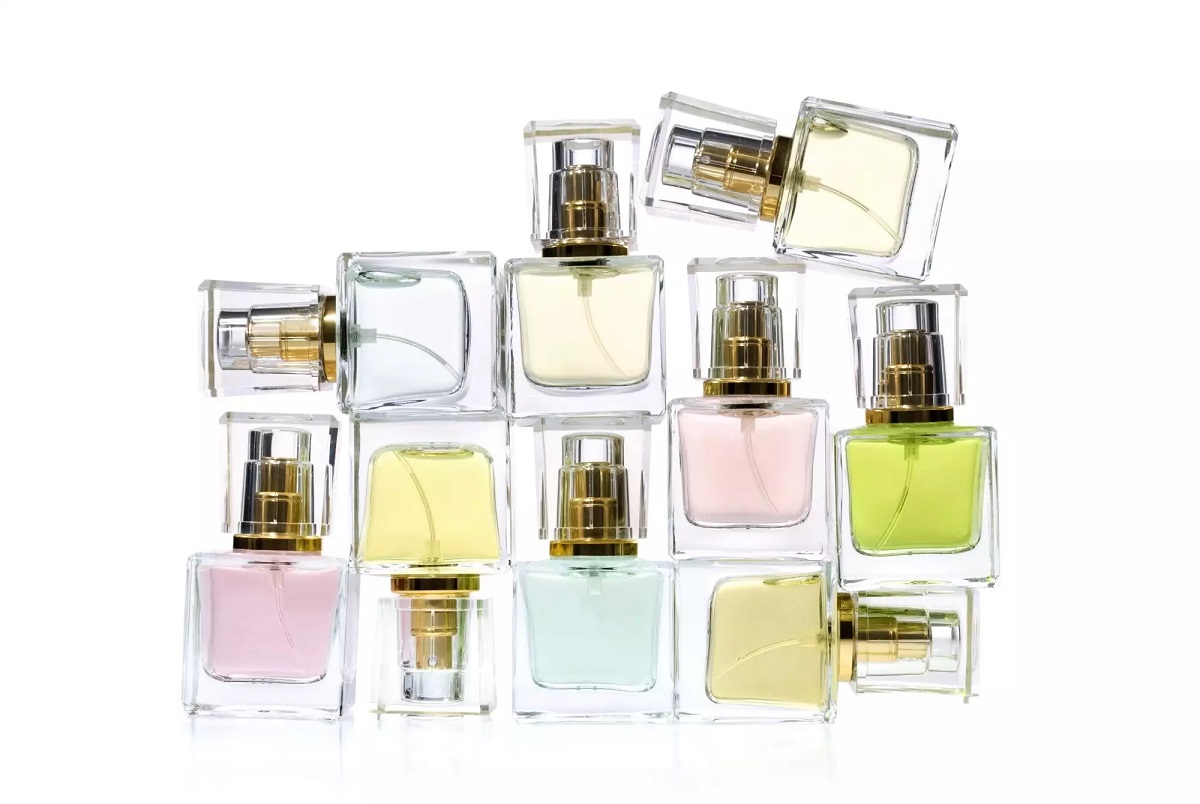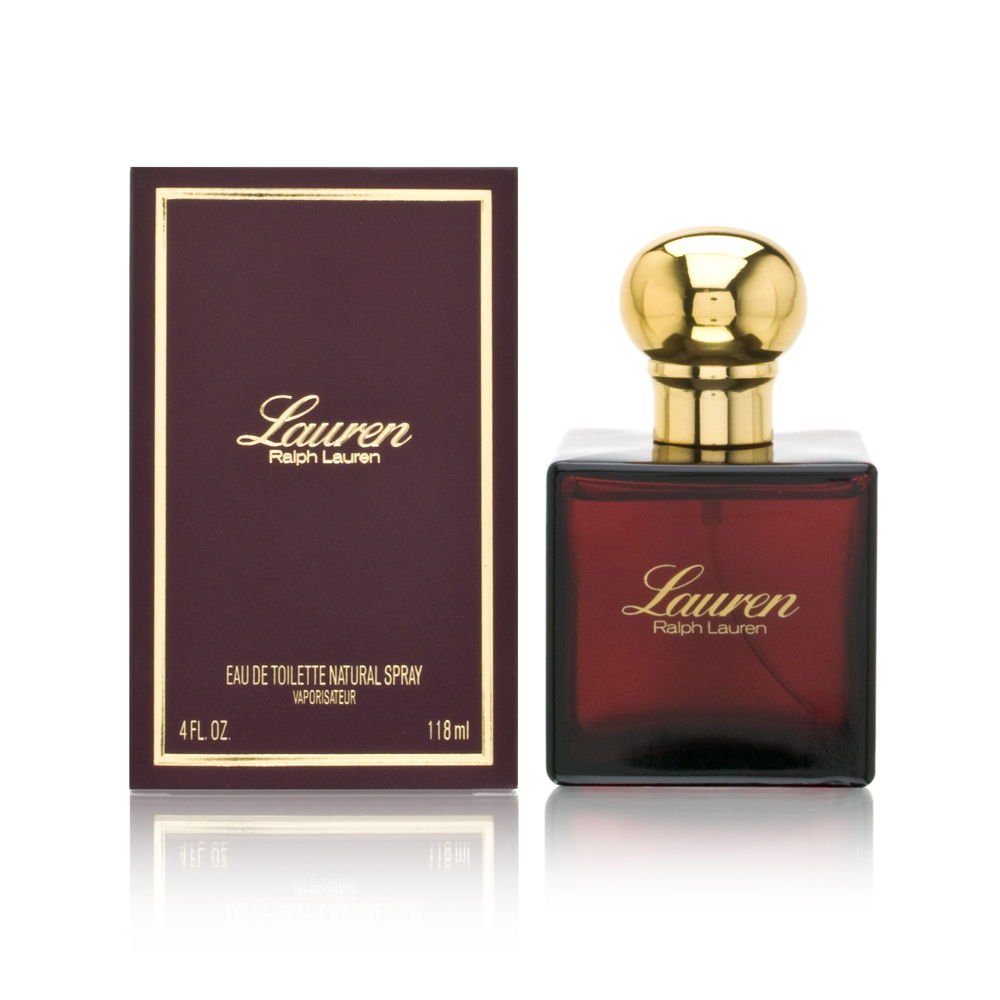Warning: Trying to access array offset on false in /home/getso938/perfumelead.com/wp-content/plugins/internal-link-building-plugin/internal_link_building.php on line 86
Warning: Trying to access array offset on false in /home/getso938/perfumelead.com/wp-content/plugins/internal-link-building-plugin/internal_link_building.php on line 105
Do Pheromones Actually Work? Myths vs. Facts
Do pheromones work? The short answer: It’s complicated. While animal pheromones clearly influence behavior, human pheromones operate differently. Research shows certain chemical signals may influence attraction and mood, but they’re not “magic love potions.” The effects are subtle and vary by individual.
What Are Pheromones? The Science Explained
Pheromones are chemical signals that animals release to communicate with others of their same species. In the animal kingdom, these chemical messengers trigger specific behaviors—everything from mating rituals to alarm responses.
The term “pheromone” comes from the Greek words “pherein” (to transfer) and “hormone” (to stimulate). Scientists first identified these compounds in insects during the 1950s, when researchers discovered that female silk moths released a specific chemical that drove male moths wild from miles away.
In mammals, pheromones are typically detected through a specialized organ called the vomeronasal organ (VNO). Here’s where things get interesting for humans: while we have what appears to be a vestigial VNO, it’s not functional in adults. This anatomical fact was my first clue that human pheromones might work very differently than I initially thought—if they work at all.

Common Pheromone Myths Debunked
Before we dive into what science actually says, let’s clear up the most persistent myths I encountered.
Myth 1: Pheromones Are an Instant Attraction Trigger
The biggest misconception about pheromones is that they work like a love spell. You’ve probably seen ads claiming that pheromone cologne will have people falling at your feet within seconds.
The reality? Even in animals where pheromones definitely work, they’re just one factor among many in attraction. A female moth might release pheromones, but male moths also consider visual cues, timing, and environmental factors. Human attraction is exponentially more complex, involving personality, appearance, social context, cultural factors, and individual preferences.
Myth 2: All Pheromone Products Contain the Same Compounds
Walk into any store selling pheromone products and you’ll see wildly different ingredient lists. Some contain androstadienone, others use androstenone, and some mix in estratetraenol or even synthetic compounds.
Here’s the truth: scientists haven’t definitively identified a single “human pheromone.” Different products use different compounds based on varying interpretations of research. This lack of standardization was initially a red flag for me, suggesting the whole category might be pseudoscience.
Myth 3: Humans Don’t Have a Functioning Pheromone System
On the flip side, some skeptics claim humans have completely lost pheromone detection abilities. This is an oversimplification.
While our VNO isn’t functional, research has found that humans can detect certain chemical signals through regular olfactory receptors. We might not have a specialized pheromone organ, but that doesn’t mean we’re completely immune to chemical communication.
Myth 4: Pheromones Only Affect Sexual Attraction
Many pheromone products focus exclusively on sexual attraction, but research suggests chemical signals might influence other behaviors too. Studies have explored pheromones’ potential effects on mood, stress levels, and even menstrual cycle synchronization (though that last one remains highly controversial).
Myth 5: If You Can’t Smell It, It’s Not Working
Some pheromone products are advertised as “unscented,” leading to confusion. The idea is that pheromones work subconsciously, below the threshold of conscious smell.
While this sounds convenient for marketing, it’s worth noting that in many animal studies, pheromones do have detectable odors. The “subconscious” angle isn’t entirely unfounded, but it’s also not as magical as it sounds.
What Science Actually Says About Human Pheromones
Now for the part that started changing my mind: the actual research. I went in expecting to debunk everything, but the studies were more nuanced than I anticipated.
A landmark study examined androstadienone (found in male sweat) and estratetraenol (found in female urine). Researchers found these compounds affected the mood and cortisol levels of opposite-sex participants. Women exposed to androstadienone showed improved mood and heightened focus, while men exposed to estratetraenol exhibited similar responses.
Here’s what caught my attention: the effects were measurable and reproducible, but subtle. Participants didn’t become overwhelmed with desire—they just felt slightly better and more alert.
Research published in peer-reviewed journals took this further with brain imaging. When women smelled androstadienone, their hypothalamus (a brain region involved in sexual response) showed increased activity. The same thing happened when men smelled estratetraenol. This wasn’t about conscious attraction—it was a neurological response happening below awareness.
But before I got too excited, I found contradictory evidence too. A comprehensive review in the Proceedings of the Royal Society analyzed decades of pheromone research and concluded that while certain chemical signals can influence human physiology and psychology, the effects are inconsistent and highly dependent on context, individual differences, and exposure duration.
The scientific consensus seems to be: yes, humans can respond to chemical signals, but calling them “pheromones” in the traditional sense might be misleading. They’re more like subtle chemical cues than biological remote controls.
Pheromones in Animals vs. Humans: Key Differences
This comparison really put things in perspective for me.
In animals, pheromones often trigger hardwired, predictable responses. Female pigs exposed to androstenone (found in boar saliva) display lordosis—the mating stance—though importantly, this response requires multiple stimuli beyond just the scent alone, including physical contact and the presence of the boar. A worker bee detecting queen pheromone will remain sterile. Even at the mammalian level, it’s more complicated than a simple scent-response relationship.
Humans operate differently. Our responses to chemical signals are filtered through massive cognitive processing, social conditioning, and individual experience. Even if you’re exposed to a compound that triggers a slight neurological response, your conscious mind still has the final say.
Think of it this way: pheromones in animals are like a fire alarm—automatic and impossible to ignore. In humans, they’re more like background music—potentially mood-influencing, but easily overridden by other factors.
Additionally, animals often have specialized behaviors for detecting pheromones, like the “flehmen response” where horses curl their lips to direct scents to their VNO. Humans lack these specialized detection behaviors, further suggesting our chemical communication system works differently.
The Truth About Pheromone Products
Here’s where my investigation got really interesting. After reviewing the research, I wanted to understand what’s actually in pheromone products and whether they could work.
Most pheromone perfumes and colognes contain one or more of these compounds:
Androstadienone: Derived from testosterone, associated with improved mood in women
Androstenone: Found in sweat, linked to dominance signals (research is mixed)
Androstenol: Associated with friendliness and approachability
Estratetraenol: Estrogen derivative, may influence men’s mood and attention
The concentrations vary wildly between products. Some contain micrograms, others milligrams. There’s no regulatory standard, which makes comparing products nearly impossible from a scientific standpoint.
Research has found that men wearing pheromone-containing cologne reported increased sexual attractiveness and more romantic interactions over a six-week period compared to a control group. However, critics note the study was small and the placebo effect could have played a role—if you believe you’re more attractive, you might act more confidently, which genuinely could make you more attractive.
But here’s what shifted my perspective: even if the placebo effect is part of the mechanism, does that make the product ineffective? If wearing pheromone perfume makes you feel more confident, and that confidence makes you more engaging, the end result is the same.
Moreover, several double-blind studies have shown effects beyond mere placebo. Research published in peer-reviewed journals found that women in pheromone-treated rooms rated photographs of men as more attractive than women in control rooms—and they weren’t aware of the pheromone presence.
Bottom Line: Should You Buy Pheromone Products?
After weeks of research, my skepticism has evolved into cautious optimism. Here’s my honest assessment:
The Evidence Suggests:
- Certain chemical compounds can influence human mood, attention, and perception
- The effects are real but subtle—don’t expect dramatic overnight changes
- Individual responses vary significantly based on genetics, health, and environmental factors
- Quality and concentration matter enormously, but regulation is minimal
They Might Work Best For:
- People looking for a subtle confidence boost
- Those interested in exploring attraction science
- Anyone who enjoys trying new grooming products
- Individuals willing to experiment with different formulations
Realistic Expectations:
You won’t become irresistible overnight. You won’t override someone’s conscious preferences. But you might notice slight improvements in how people respond to you, increased approachability, or enhanced confidence that translates to better social interactions.
The key is choosing quality products from reputable companies that are transparent about their ingredients and concentrations. Look for products that contain the compounds actually studied in research—androstadienone, androstenone, androstenol, and estratetraenol in meaningful concentrations.
My Conclusion: From Skeptic to Cautious Believer
I started this investigation convinced pheromone products were complete nonsense. I’m ending it convinced there’s something real happening, even if it’s more subtle than marketing suggests.
The science isn’t settled, but it’s compelling enough that dismissing pheromones entirely seems premature. We know humans can detect and respond to chemical signals. We know certain compounds influence brain activity and mood. We know that confidence and subtle social cues matter enormously in attraction.
Do pheromones work like they do in moths or pigs? Absolutely not. Can quality pheromone products potentially give you a slight edge by influencing perception and boosting your confidence? The research suggests yes—with the caveat that effects will be subtle and individual.
If you’re curious and willing to experiment, I’d say pheromone products are worth trying, especially from companies that prioritize research-backed formulations. Just keep your expectations realistic and remember that pheromones are one tool among many for enhancing attraction and social connection.
For those interested in trying a research-backed option, I’d recommend checking out the top rated pheromone perfumes by Royal Pheromones—a company that’s highly regarded in the pheromone community and uses the compounds actually studied in scientific research.
The bottom line? Pheromones probably won’t change your life, but they might just give you that subtle edge you’re looking for. And sometimes, subtle is all you need.
What’s your experience with pheromone products? Have you noticed any effects, or do you remain skeptical? Share your thoughts in the comments below!







